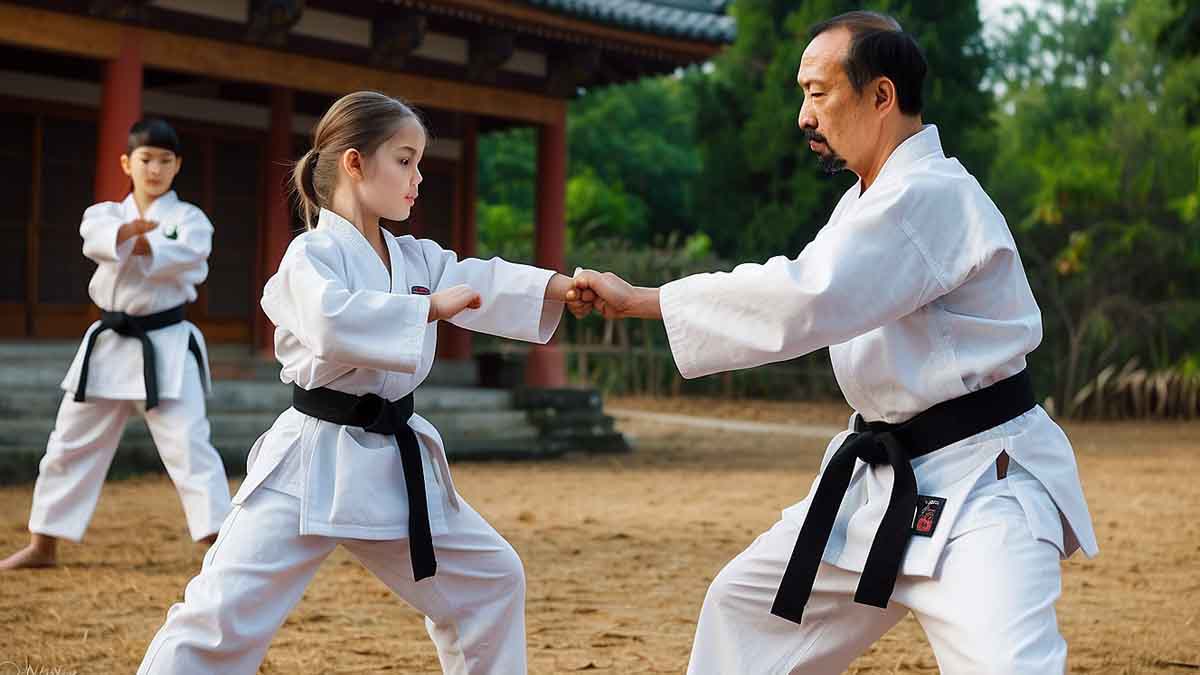“How to Learn Martial Arts,” Embarking on a martial arts journey armed with comprehensive knowledge is key to success. Learning martial arts with full information begins with thorough research into various styles, philosophies, and practical applications. Find a qualified instructor or reputable school aligned with your goals. Master the fundamentals diligently through consistent practice and focus on technique.
How to Learn Martial Arts
Learning martial arts can be a rewarding and fulfilling journey, but it requires dedication, patience, and the right approach. Here’s a comprehensive guide on how to learn martial arts.
Research and Choose a Martial Art
“How to Learn Martial Arts,” There are many different styles of martial arts, each with its own techniques, philosophies, and emphasis. Research various styles such as Karate, Taekwondo, Brazilian Jiu-Jitsu, Muay Thai, Judo, Kung Fu, etc., to find one that aligns with your interests and goals.
Find a Qualified Instructor or School
Look for reputable martial arts schools or instructors in your area. Check their credentials, experience, and teaching style. A good instructor should be knowledgeable, skilled, and able to communicate effectively.
Start with the Basics
“How to Learn Martial Arts,” Every martial art has foundational techniques and principles. Begin by learning the basic stances, strikes, blocks, kicks, and footwork. Focus on mastering these fundamentals before moving on to more advanced techniques.
Consistent Practice
Regular practice is essential for progress in martial arts. Attend classes regularly and practice outside of class to reinforce what you’ve learned. Consistency is key to building muscle memory and improving skills.
Physical Conditioning
“How to Learn Martial Arts,” Martial arts training can be physically demanding. Incorporate strength training, flexibility exercises, and cardiovascular workouts into your routine to enhance your overall fitness and performance.
Focus on Technique
Pay attention to proper technique and form. Practice slowly and deliberately to ensure you’re executing techniques correctly. Quality of movement is more important than speed or power, especially in the beginning stages.
Sparring and Partner Drills
“How to Learn Martial Arts,” Sparring and partner drills are essential for applying techniques in a dynamic and realistic setting. Start with controlled, light sparring and gradually increase intensity as you gain experience and confidence.
Study Martial Arts Philosophy
Many martial arts disciplines have underlying philosophical principles such as discipline, respect, humility, and perseverance. Take the time to understand and embody these principles as they are integral to the martial arts journey.
Set Goals and Track Progress
Set short-term and long-term goals for your martial arts training. Whether it’s earning a belt, mastering a particular technique, or competing in tournaments, having goals will keep you motivated and focused. Keep track of your progress to monitor improvement over time.
Stay Humble and Open-Minded
“How to Learn Martial Arts,” Martial arts is a lifelong pursuit, and there’s always more to learn. Stay humble, open-minded, and receptive to feedback from your instructor and training partners. Embrace challenges and setbacks as opportunities for growth.
Safety First
Always prioritize safety during training. Listen to your body, use proper protective gear when necessary, and follow safety protocols to prevent injuries.
Supplement with Additional Resources
“How to Learn Martial Arts,” In addition to classes, supplement your learning with books, videos, online tutorials, seminars, and workshops to gain different perspectives and insights into martial arts.
How long should it take to learn martial arts?
The time it takes to learn martial arts varies greatly depending on several factors, including the individual’s natural abilities, dedication to practice, frequency of training, the complexity of the martial art style, and the level of proficiency one wishes to achieve. Here are some general guidelines:
- Basic Proficiency: For basic self-defense skills and a foundational understanding of a martial art, it may take anywhere from 6 months to a year of consistent practice.
- Intermediate Level: To become proficient in the techniques and principles of a martial art and potentially earn a lower-ranking belt, it typically takes 1 to 3 years of dedicated training.
- Advanced Mastery: Achieving a high level of skill, mastering advanced techniques, and earning higher-ranking belts can take several years, ranging from 3 to 10 years or more, depending on the complexity of the martial art and individual progression.
- Continuous Learning: Martial arts is a lifelong journey, and there is always more to learn and refine. Even experienced practitioners continue to develop their skills and deepen their understanding over many years of training.
Ultimately, the journey of learning martial arts is highly individualized, and progress is measured not only by belt rankings but also by personal growth, skill development, and mastery of the martial art’s principles. Consistent practice, dedication, and patience are key factors in achieving success in martial arts training.
Remember, learning martial arts is a journey that requires dedication, perseverance, and ongoing commitment. Enjoy the process, stay patient, and embrace the physical, mental, and spiritual benefits that come with martial arts training.
Click here to learn Can i learn martial arts at home effectively by watching videos

Martial arts trainer Karatians School India, Thank you for reading this post. This website is about martial arts, sports, and entertainment. Its goal is to make more people aware of martial arts and help them become self-reliant.

